
Industry slams Luxury Car Tax adjustment that will see more 'green' cars slapped with taxes
As part of the federal government’s Mid Year Economic and Fiscal...
Browse over 9,000 car reviews

Australians may have to wait up to another year before they can get their hands on the promising new Fronx, as supply and specification questions hang over its head.
Additionally, far from rivalling the best-selling MG ZS at the bottom end of the small SUV segment as some reports have previously speculated, a source close to the company says that the high-riding compact crossover will now be “expensive”, suggesting that it might kick off closer to – or even breach – the $30,000 threshold when sales commence later in 2024.
As an indirect replacement for the popular Baleno light car in the sub-$20,000 field, it had been anticipated that the Fronx would launch in Australia sometime in the first half of next year, as a more-affordable alternative to the Toyota Yaris Cross, GWM Haval Jolion and Mazda CX-3.
Asked for a timing update for Fronx at the launch of the long-awaited Jimny XL in Sydney last week, Suzuki Australia General Manager, Michael Pachota, revealed to CarsGuide that access to Australian-bound models have been pushed back, due to strong international demand pushing the release date back.
“We've confirmed it for Australia in terms of the green light for export to this country,” he said.
“But at the moment it's doing so well from a global perspective in terms of the markets it's already been introduced in. So, there's a question as to exactly when production will start for us and I think we just have to wait a little bit longer to understand exactly what that time frame is.”
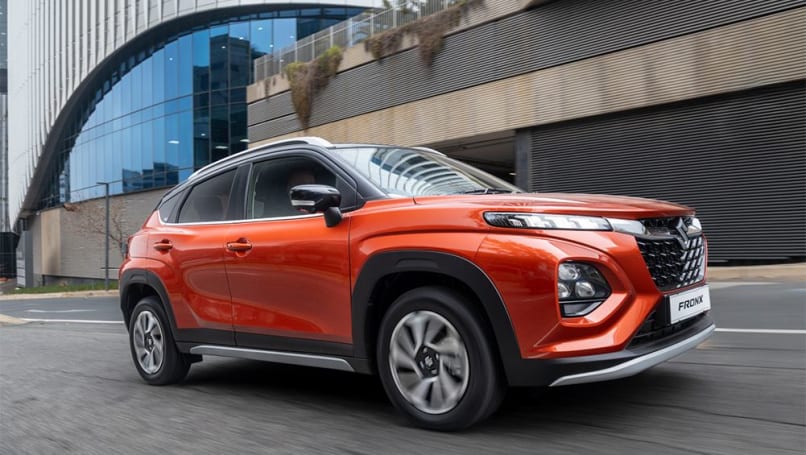
Unveiled back in January this year and built in conjunction with subsidiary Maruti in India, the Fronx measures in at a tad under four metres long, 1.8m wide and 1.55m tall, and sits on the old Baleno’s 2520mm wheelbase.
The latter highlights the “Heartect” architecture underneath that also underpins the Ignis light SUV/crossover as well as the current Swift supermini. Note, however, that the Fronx’s ground clearance jumps from the Baleno’s 120mm to a handier 190mm in its Indian home market.
Unsurprisingly, the newcomer’s petrol engine choices should be familiar to drivers of all those Suzuki models and others, and includes the Japanese brand’s acclaimed 74kW/148Nm 1.0-litre three-cylinder turbo unit dubbed Boosterjet, powering the front wheels via either a five-speed manual or six-speed automatic transmission.

A 66kW/113Nm 1.2-litre four-cylinder naturally aspirated version is also available as an entry-level powertrain proposition, but for the time being is limited by a five-speed automated manual option known as AGS in Suzuki speak, which would not be suitable for Australian consumer tastes.
Plus, South Africa scores a Fronx fitted with a 77kW/138Nm 1.5-litre four-cylinder engine related to the one found in the Jimny. And just like the iconic off-roader, this one offers either a four-speed auto or five-speed manual opener.
Finally, mild-hybrid versions are also produced for some markets, though whether they make it to Australia remains to be seen. And, speaking of advanced tech, so far there seems to be no autonomous emergency braking (AEB) in the mix, though this may change by the end of 2024.
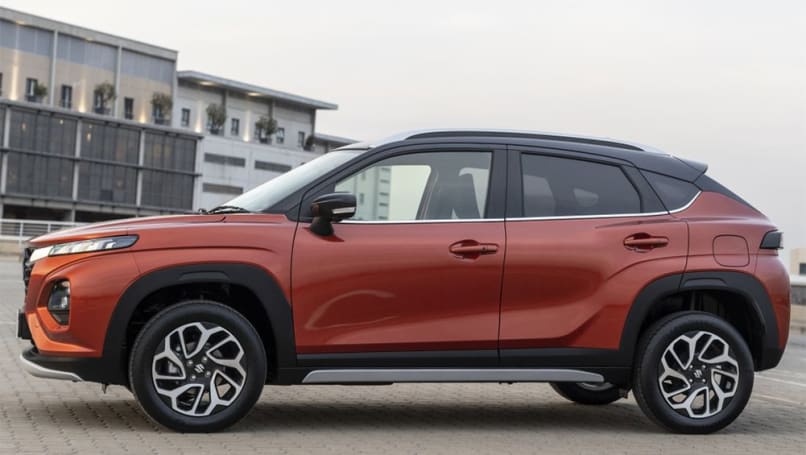
This, along with the lack of an appropriate 1.2-litre auto entry-level Fronx, may be behind the delays as well as higher-than-expected pricing that our source suggests.
Pachota promised more information will be revealed in the near future.
“We'll be announcing (details about Fronx) sometime early next year," he added.
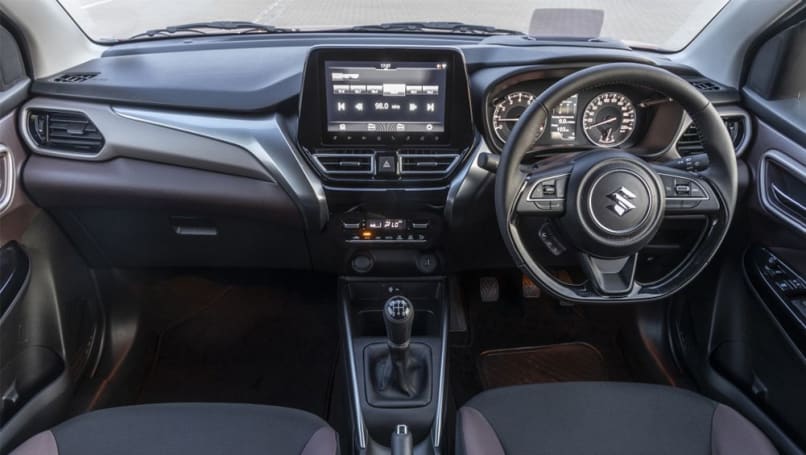
Finally, as a portmanteau of 'Frontier next', will Australians embrace the name Fronx?
While we understand that some dealers have been pushing for a less controversial name, including Baleno X or Baleno Crossover to build upon the consumer recognition of a long-lived badge (the original Baleno was released in the mid-1990s), Pachota rebuffed such notions, believing instead that it sets the small SUV apart in a crowded class.
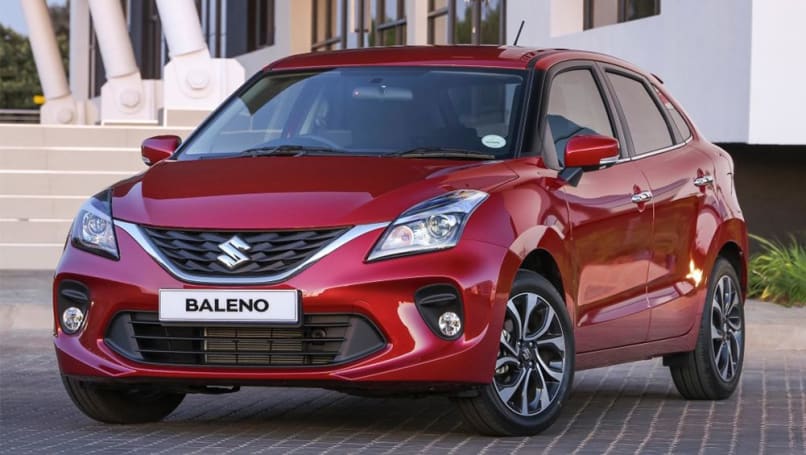
"Incorrect. We love it, we love it,” he reiterated. “Anything against the grain we're all for."
Should Suzuki Australia stick with the global Fronx nomenclature or go with Baleno X? Let us know in the comments below.




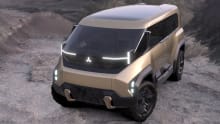
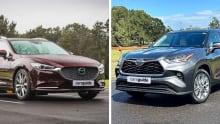
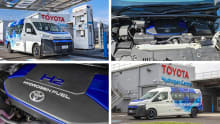
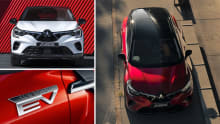


Comments